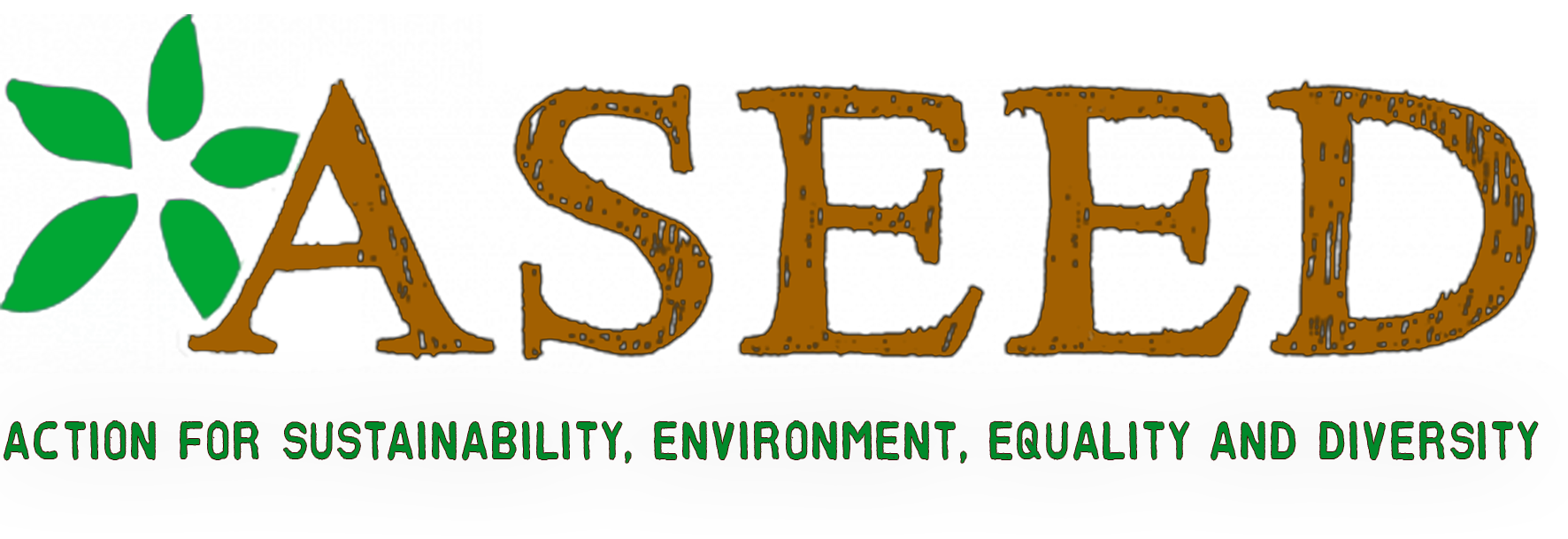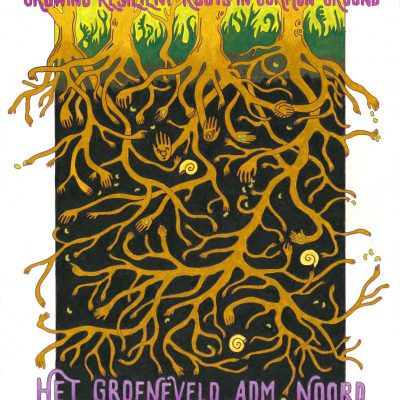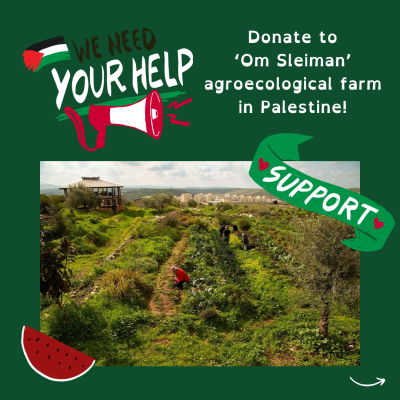October 2020 has been the Good Food Good Farming action month! ASEED took part in it by supporting the online actions, sharing relevant content regarding the importance of this month and what is at stake at the moment in the European policy-making processes.
We also provided one example of how to promote food sovereignty and local food chains with our Solidarity Farming project and Voku night, which you can see in the video
⁎What do we want for the people and our planet?⁎
⤑ access to tasty, nutritious and culturally-appropriate food for all
⤑ re-localization of food production, processing and consumption
⤑ food sovereignty and fair world trade
⤑ a better future in rural communities and in cities
⤑ more people in farming and greater opportunities for young entrants
⤑ food policies that promote biodiversity, protect the environment and mitigate climate change
⤑ no GMOs and reduce our dependence on chemical inputs at large
⤑ more participatory political processes
October is at its end, but we cannot lower our voices, and the governments should be continuously pressured in order to serve the people and our planet in a fairer and healthier way! Now it’s time to pressure the EU to #WithdrawTheCAP in order to respect the finite environmental resources we have and to respect and reflect social demands.
⁎Why do we raise our voices in protest?⁎
It is important to demand radical changes in the industrialized food systems, and showcase alternatives of sustainable and resilient food systems. Industrial agriculture, intensive livestock farming, and deforestation are major contributors to the climate crisis, biodiversity loss and environmental degradation.
⁎What is the CAP?⁎
The Common Agricultural Policy (CAP) is a European Union policy dedicated to agriculture and rural development. It was implemented 1962 and was the first budgetary item of the EU. At that time, it aimed at developing agricultural production to feed the European people after the end of the Second World War, a goal it quickly achieved. However, the steady increase of European production has led to perverse overproduction now.
Nowadays the CAP accounts for about 40% of the EU’s budget. It remains the EU’s most integrated policy, i.e. the one with the most decisions made at EU level. As it is today, the CAP encourages practices of intensive agriculture, cutthroat competition on international markets and corresponding farm expansion. This is instead of providing European citizens with healthy food, supporting rural communities, improving the desirability of the farming profession.
The CAP does not encourage environmental and biodiversity protection, improved animal welfare, climate change mitigation or the protection of farmers in the Global South.
ASEED member
⁎A common agricultural policy remains crucial.⁎
1. European farmers need support to face the severe competition of non-European products, imported from places with sometimes lower production standards and costs.
2. Farming not only produces our food, but many other public goods on which we rely. Such as reducing the dependency upon imports, preserving the landscape, creating dynamic rural areas, maintaining a diversity of culinary traditions and fighting against land use change which threatens soil quality. These services are not reflected in the very low selling price of produce.
3. A common policy can strengthen a collective voice in light of the need to defend European interests against major global exporting powers and agribusinesses, cultivating food sovereignty, protecting the environment mitigating climate change and restoring of biodiversity.
The CAP thus needs a major, in-depth reform to win back its legitimacy as a public budget. It must become a policy at the service of all farmers, but also of all Europeans. To get there, blind financial support, uncoupled to good farming practice must be abandoned, and room made for a ‘public money for public goods’ approach. The post-2020 CAP needs more coherent governance, greater transparency, and be easily understood by farmers and citizens alike. (GFGF)

During this Voku ASEED cooked a delicious Nettle-Nasturtium Pesto harvested from our Community Garden.
Here we provide the recipe for making your own pesto:
While we didn’t follow any strict recipe, this is more or less how we made it:
?Nettle-Nasturtium Pesto?
Ingredients:
– Stinging Nettle
– Nasturtium
– Oil (we mainly used olive oil)
– Sunflower Seeds
– Salt & Pepper
– Garlic
– Lemon juice
The ratio of (fresh) nettle and nasturtium we had was more or less 1:4, but if you can find more nettle to add it will taste even better!
Step 1: Briefly fry/blanch the nettle in oil with a pinch of salt until it has become soft
Step 2: Add fried/blanched nettle together with the nasturtium (raw, only needs to be washed) into a blender together with the other ingredients. It’s better to start out with not too many seeds and just add more in if you feel like they are missing some. Don’t be shy with adding the oil though, it will help you blender to blend the greens better and also help preserve the pesto. You can also add a tiny bit of water into the pesto to make it smoother, especially if you want to skip a bit of oil.
Step 3: Fill the finished pesto into clean jars and leave a bit of space on the top to cover the pesto with a layer of oil so it sealed
Step 4: Add it to your food to give it a taste of local, seasonal pesto or had it out to friends and family ❤










